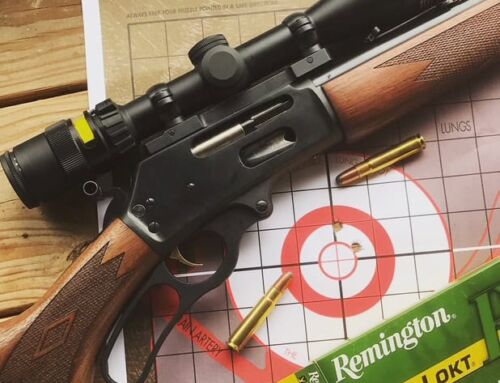 In its latest study on outdoor recreation the U.S. Fish & Wildlife Service (USFWS) reports that 11.5 million people hunted in 2016, and of those, 9.2 million hunted big game. Take away I million or so that hunted mule deer and elk (my estimate) and that leaves more than 8 million that hunt the white-tailed deer each year.
In its latest study on outdoor recreation the U.S. Fish & Wildlife Service (USFWS) reports that 11.5 million people hunted in 2016, and of those, 9.2 million hunted big game. Take away I million or so that hunted mule deer and elk (my estimate) and that leaves more than 8 million that hunt the white-tailed deer each year.
As I have long said, hunting the whitetail is what supports our industry. If whitetail herds were to crash significantly across the country, it would be devastating. That is why the threat of Chronic Wasting Disease is so concerning.
Back to the survey, the 11.5 million hunters spend about $25.6 billion a year on licenses, equipment, trips, gas, land leases, etc. That breaks down to about $2,200 per hunter. Do you spend that much, or more, on your deer hunting?
The survey says that on average, each hunter spends 16 days in the woods. Do you hunt more than that?
Summarizing the study the USFWS wrote:
Wildlife recreation is not only an important leisure pastime but it is also a catalyst for economic activity. Hunters, anglers, and wildlife watchers spent $156.3 billion (combined) on wildlife-related recreation in 2016. This spending contributed to local economies throughout the country, which improved employment, raised economic output, and generated tax revenue.
But troubling to me is that since 2011, the number of hunters in the U.S. dropped from 13.7 million to 11.5 million. The USFWS says the 16% decrease is “not statistically significant” but I disagree. When fewer hunters spend $4 billion less on licenses, gear, trips, etc. that leaves less money for conservation, local economies, gear manufacturers and the like.






I do not know what I spend on chasing whitetail each year…However I do know it is not what I tell my wife I spend on it.